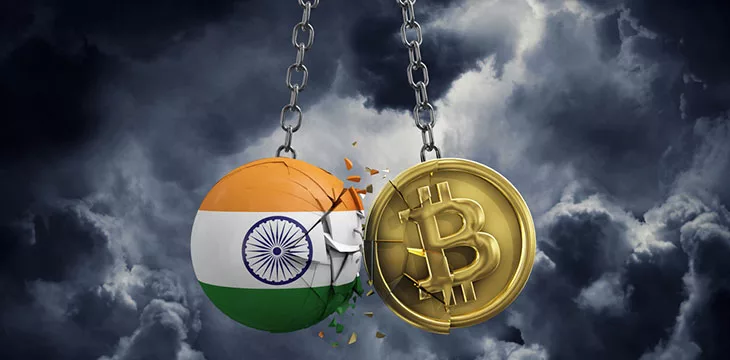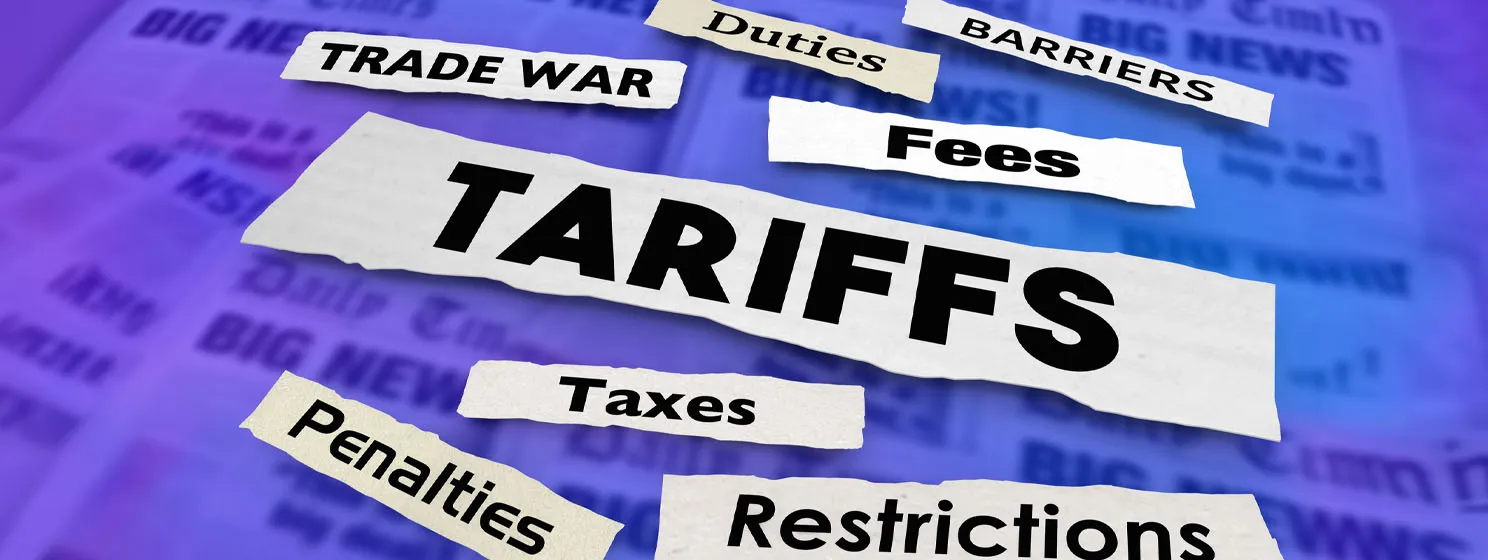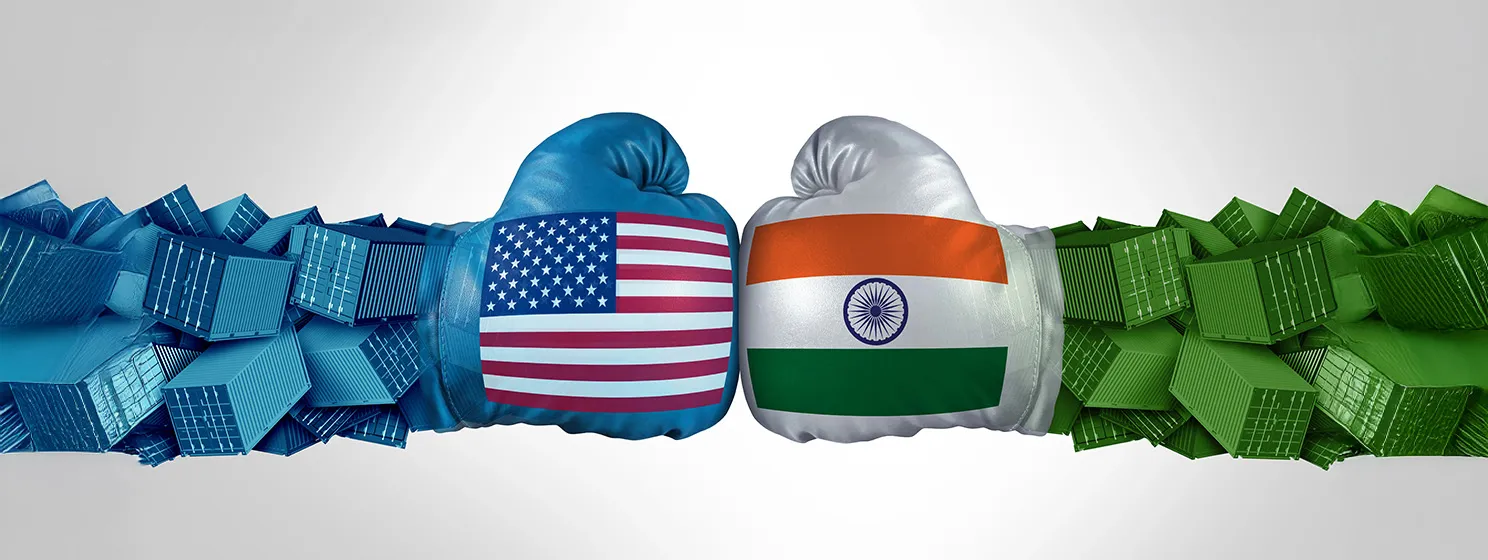|
Getting your Trinity Audio player ready...
|
2023 was a year of policing for digital currencies and blockchain in India as top government officials, including the country’s prime minister and finance minister, stated several times that a “common global regulatory framework” needs to be put in place.
India assumed its Group of 20 (G20) Presidency in December 2022, with digital asset regulation as one of its agendas. The G20 is an intergovernmental forum of the world’s major developed and developing economies, collectively accounting for 85% of global gross domestic product (GDP) and 75% of international trade.
“No single country can handle or regulate crypto in any form,” said Finance Minister Nirmala Sitharaman.
At the same time, India admitted the significance of blockchain technology and artificial intelligence (AI).
“Use of blockchain technology is going to rise by about 46% in the next few years,” Sitharaman said. “I see a bigger role of artificial intelligence in the area of fintech.”
“The future of finance is going to be driven more and more by the digitization of banks,” she added.
The announcements are significant since the world’s biggest democracy has long cautiously handled digital currencies and blockchain technology. Digital currency trading in India rapidly gained popularity as an asset class amid traditional investment tools like stocks, bank deposits, gold, and real estate.
India’s central bank, the Reserve Bank of India (RBI), had insisted on a complete ban on digital currencies. However, instead of an outright ban, India imposed one of the harshest taxation on digital asset trading last year—30% flat tax on all digital currency income with no provision to offset losses and a 1% tax deducted at source (TDS) on all transactions above Rs 10,000 ($119).
This may likely lead to a loss of about $1.2 trillion in trade volume on domestic exchanges over the coming years, a study from Esya Centre, an Indian policy think tank, claimed.
The study also pointed out that due to the imposition of harsh tax measures in February 2022, as much as $3.85 billion had moved to overseas digital asset trading exchanges as traders look to evade taxes.
Several requests from Indian digital currency exchanges to lower taxes fell on deaf ears. But, regulation remained the focus for India throughout 2023. Indian Prime Minister Narendra Modi stressed the need for a global regulatory framework for digital currencies and stated that a similar approach is essential for the governance of AI as well.
As part of the regulation process, India extended the Prevention of Money Laundering Act (PMLA) to include digital assets this year. This means that Indian digital asset exchanges, on their own, had to conduct due diligence on transactions and report suspicious or high-value transactions to the relevant authorities.
The Finance Ministry’s “notification to bring VDA (virtual digital asset) transactions under PMLA is a positive step in recognizing the sector. This will strengthen our collective efforts to prevent VDAs from being misused by bad actors,” Ashish Singhal, co-founder of crypto exchange CoinSwitch, said on Twitter.
The PMLA was extended to now cover the exchange between digital assets and fiat currencies, the exchange between one or more forms of digital assets, the transfer of digital assets, safekeeping or administration, as well as participation in and provision of financial services related to the sale of a VDA.
Regulation over legislative bill
For now, the world’s most populous nation is looking at regulating the digital currency, blockchain, and Web3 space instead of introducing a legislative bill, according to a report by CoinDesk.
To this effect, India this year welcomed a joint report by the Financial Stability Board (FSB) and International Monetary Fund (IMF), which outlined a comprehensive policy and regulatory response to crypto-asset activities.
“To address macroeconomic risks, jurisdictions should safeguard monetary sovereignty and strengthen monetary policy frameworks, guard against excessive capital flow volatility, and adopt unambiguous tax treatment of crypto-assets,” the report stated.
“Some jurisdictions, in particular emerging markets and developing economies, may want to take additional targeted measures that go beyond the global regulatory baseline to address specific risks,” it added.
In other words, India has adopted a working paper—more like suggestions—but has not yet indicated a concrete timeline for its execution.
“Basically, it’s still ambiguous,” Rohan Sharan, founder and CEO of Timechain Labs, an onchain application development firm that’s utilizing BSV Blockchain technology, told CoinGeek in an exclusive interview. While India allows digital asset trading, the country is unlikely to allow the use of digital currencies for purchases and commerce, he added.
In order for artificial intelligence (AI) to work right within the law and thrive in the face of growing challenges, it needs to integrate an enterprise blockchain system that ensures data input quality and ownership—allowing it to keep data safe while also guaranteeing the immutability of data. Check out CoinGeek’s coverage on this emerging tech to learn more why Enterprise blockchain will be the backbone of AI.
Watch: India is going to be the frontrunner in digitalization

 08-12-2025
08-12-2025 





